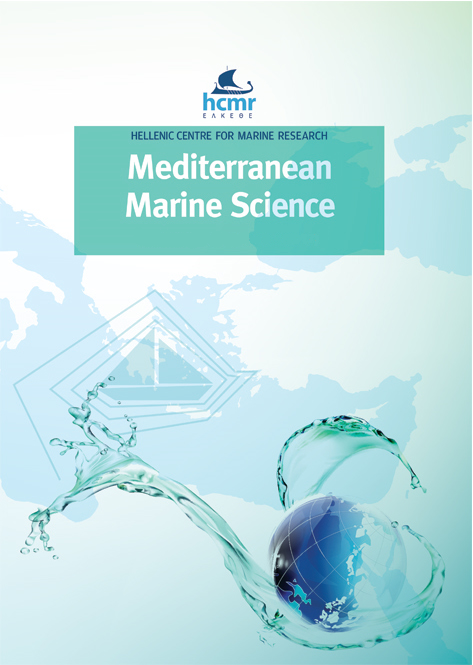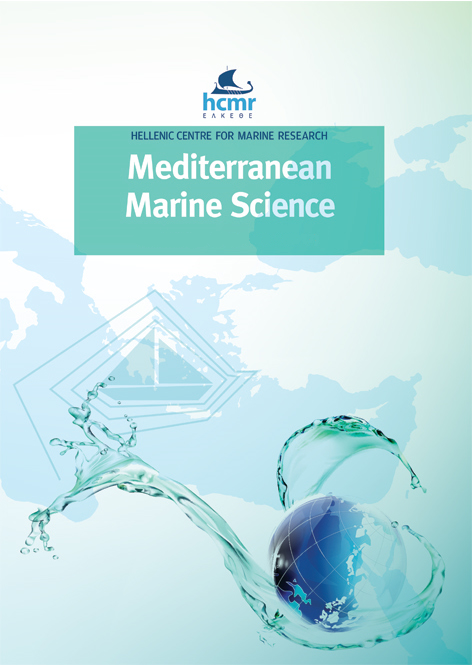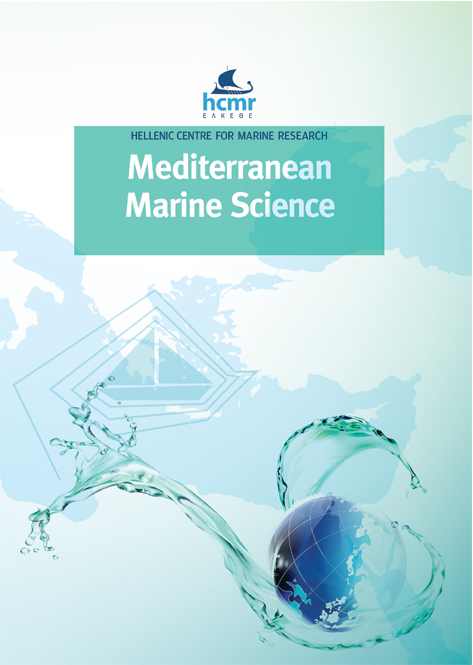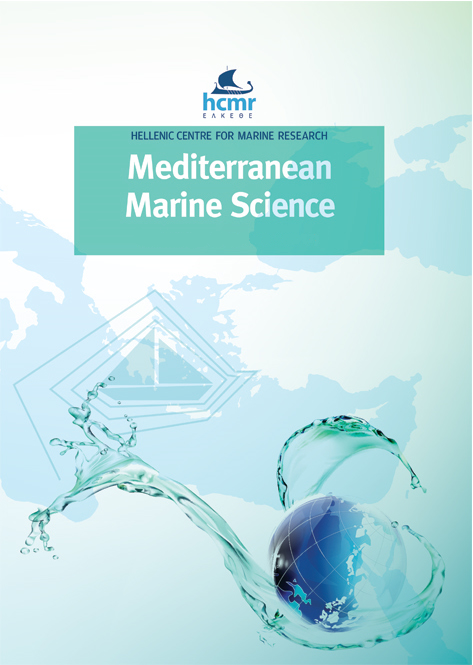First report of chimerism in the Mediterranean red coral (Corallium rubrum)
Résumé
The phenomenon of chimerism in the Mediterranean red coral (Corallium rubrum) is reported and quantified in semi-natural conditions. 1688 larvae were maintained in closed circuit in presence of a suitable settlement surface (marble tiles). Post settlement survival and chimera formation were monitored for 1 year. According to our observation, when polyps settle at close contact, a high frequency of chimerism is observed (32%). After 1 year, only 33% of chimeric individuals survived but they are 40% bigger than not chimeric ones, suggesting that chimerism could confer a competitive advantage linked to increased growth rate.
Article Details
- Comment citer
-
GIORDANO, B., & BRAMANTI, L. (2021). First report of chimerism in the Mediterranean red coral (Corallium rubrum). Mediterranean Marine Science, 22(1), 157–160. https://doi.org/10.12681/mms.25553
- Numéro
- Vol. 22 No 1 (2021)
- Rubrique
- Short Communication
Authors who publish with this journal agree to the following terms:
- Authors retain copyright and grant the journal right of first publication with the work simultaneously licensed under a Creative Commons Attribution Non-Commercial License that allows others to share the work with an acknowledgement of the work's authorship and initial publication in this journal.
- Authors are able to enter into separate, additional contractual arrangements for the non-exclusive distribution of the journal's published version of the work (e.g. post it to an institutional repository or publish it in a book), with an acknowledgement of its initial publication in this journal.
- Authors are permitted and encouraged to post their work online (preferably in institutional repositories or on their website) prior to and during the submission process, as it can lead to productive exchanges, as well as earlier and greater citation of published work (See The Effect of Open Access).









